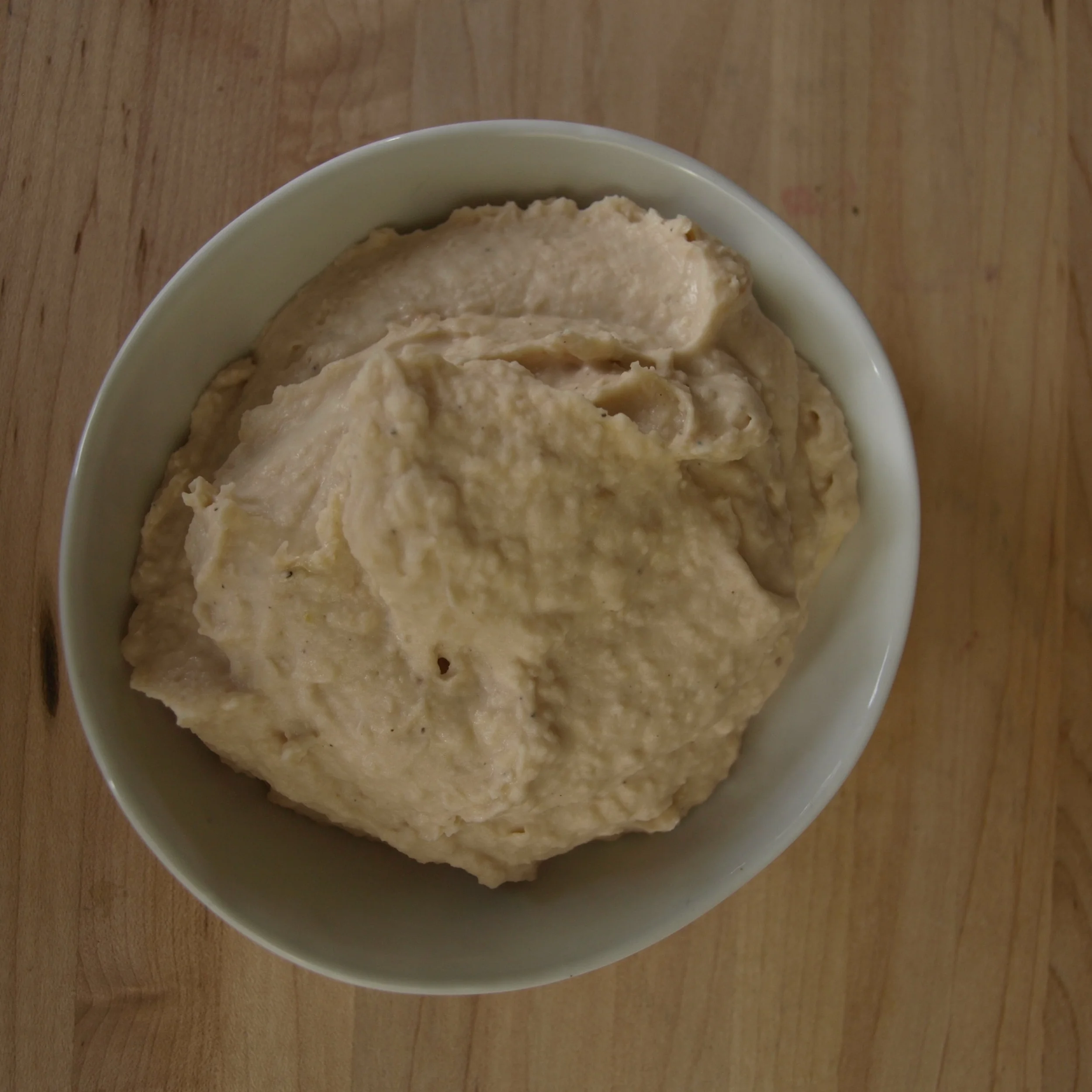When I first began making preserved lemons, I made them to exclusively use in tagines. But quickly I discovered that their subtle tartness enhanced a much wider variety of recipes than I had previously thought. The addition of preserved lemons reinvented my hummus, lemon aioli, fish tacos, salad dressings and more, so now I always keep a jar of it in the refrigerator.
I have a good friend, Lina (okay, so Lina is actually the good friend of my son, Tyler, but when she visited us last summer I quickly realized how special she was so I jockeyed myself into their friendship), whose parents are both Moroccan. Because preserved lemon plays such a major role in Moroccan cuisine, Lina and I naturally fell to discussing this delicacy soon after we met for the first time. As it turns out, Lina's mom calls them pickled lemons instead. This makes a lot of sense because the lemons are stored in a saltwater solution wherein the rinds become not only edible, but delicious as well. So while most recipes recommend keeping the rinds, they also oddly recommend discarding the pulp. This is strange because I really like the pulp. For a while I was conflicted, until I put the question to Lina. I asked her, "What does your family do, keep or discard the pulp?" She didn't even pause to think about it. "We use the whole lemon!" I've been using the whole lemon ever since. Read more.




